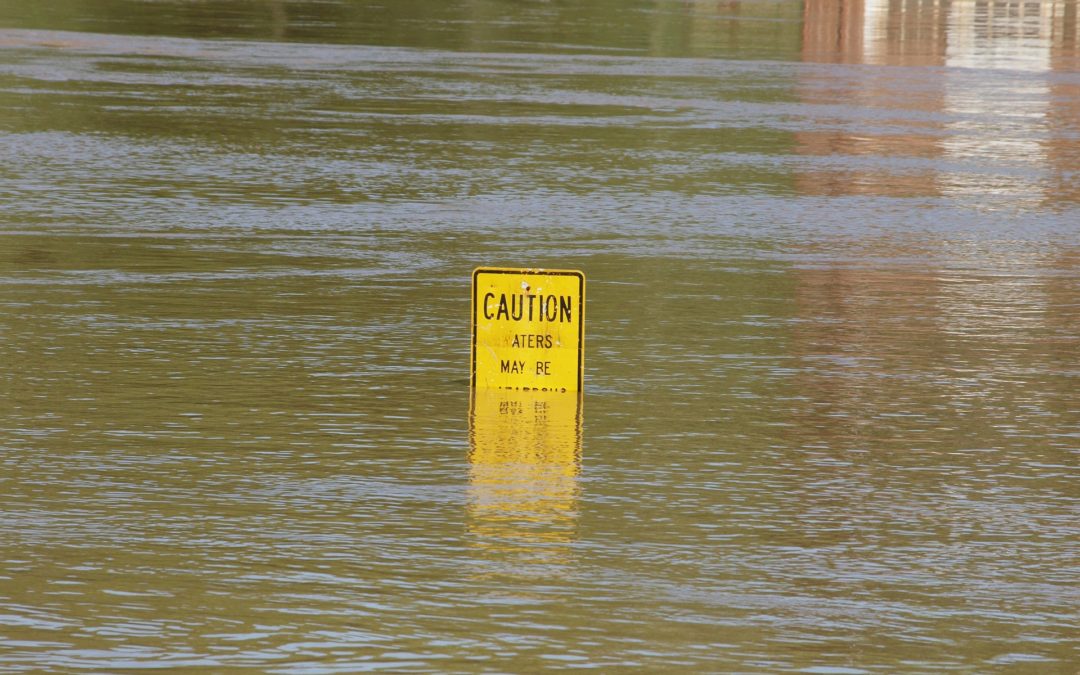Every year, flooding causes an average of $50 billion in damages, making it the costliest and most common natural disaster in the United States.
The majority of the federal disaster areas declared by the president of the United States involve floods. While some housing assistance funds are available through the Individuals and Households Program, most disaster assistance from the Federal government is provided in the form of loans administered by the Small Business Administration.
Consider these statistics from FEMA:
• Floods or flash floods have occurred in all 50 states over the past five years.
• Over the course of a 30-year mortgage, in a high-risk flood zone there is a 26% chance of a flood, versus a 10% chance of a fire.
• Homes outside of high-risk flood areas file more than 20% of all National Flood Insurance Program (NFIP) claims and typically receive one-third of federal disaster assistance for flooding.
Most homeowners and commercial property policies exclude flood damage. Coverage is available from the National Flood Insurance Program (NFIP) and a few private insurers, yet many property owners still fail to protect their biggest asset by purchase Flood insurance.
Every time agents quote a property policy, whether it’s personal or commercial lines, they should run a flood zone determination so they can discuss with their client what flood zone their structure is located in. If the zone is a Non-Special Flood Hazard Area (NSFHA) B, C or X and the structure meets loss history criteria then the agent can quickly quote the Preferred Risk Policy (PRP). Preparing a flood quote along with the hazard quote allows the agent to explain that every structure is at risk. The PRP is a low-cost option. When the risk is in a Special Flood Hazard Area (SFHA) agents will determine if the structure is built prior to or after the initial Flood Insurance Rate Map (FIRM) for a Community, hence the term Pre- FIRM or Post-FIRM. The elevation certificate would be required to quote a Post-FIRM structure and it would be optional for a Pre-FIRM structure. To learn more access the NFIP Flood Manual at: https://www.fema.gov/media-library/assets/documents/178743
Protect your agencies E & O. Know the flood zone, offer the coverage and document any rejection.
Fore more than 30 years, National Flood Services (NFS) has been dedicated to make a difference in people’s lives by helping protect what is important. We are passionate about our work, knowing that flood insurance is essential to helping rebuild lives devasted by flood.
Our colleagues across the US are focused on building valued partnership with Write-Your-Own (WYO) carriers, educating insurance agents and property owners through the complexities of flood insurance, and providing flood insurance solutions designed to address a broad range of needs – before, during and after a flood.
Heidi L. Kaibel, NFI is a Field Relations Support Specialist with National Flood Services (NFS). Contact her at: Heidi.kaibel@nationalfloodservices.com.
Additional resource:
NFIP Summary of Coverage: https://www.fema.gov/media-library-data/1564508971537-665a60bf714238c193046e19d46e495f/101844-004_SummaryOfCoverageBrochure_v4r5_508.pdf
National Flood Services Q3 & Q4 Flood Insurance Training Webinar Schedule: https://www2.floodresource.com/training
This article was published in the August 2019 edition of Colorado Insurance News (COIN). To view more articles and read the whole COIN, click here.


Recent Comments